This is the oldest skull of a Barbary lion found in the UK. The lion was part of the royal zoo in the Tower of London 700 years ago.
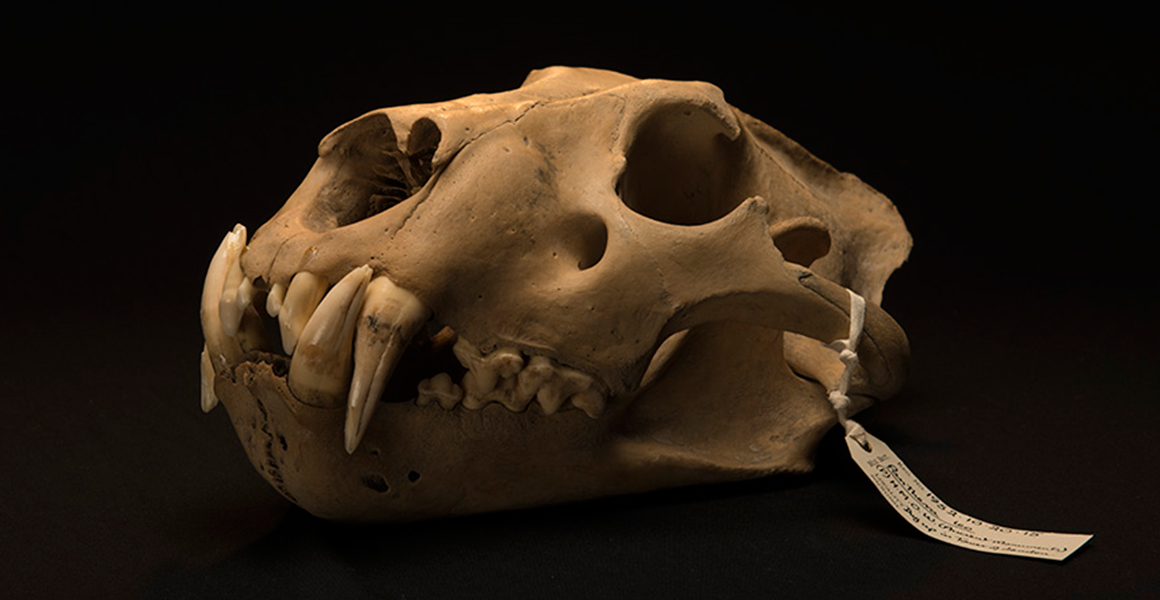
Skull of a Barbary lion, Panthera leo leo, dated to 1280-1385. The skull is on display in our Treasures Cadogan Gallery.
Workmen digging in the old moat around the Tower of London in 1937 were surprised to find two extraordinarily well-preserved lion skulls.
Using carbon dating, Museum scientists determined that one of the lions lived between 1420 and 1480. The other lived between 1280 and 1385, making it the oldest lion found in the UK since the extinction of wild cave lions during the last ice age.
Genetic testing on the skulls revealed that they were pure-bred Barbary lions, Panthera leo leo.
Pride of place
For centuries, the Tower of London was home to a royal menagerie of exotic animals, from polar bears to elephants.
Lions took pride of place at the Tower's entrance, fearsome gatekeepers serving as a symbol of the strength and nobility of the throne. But although they represented the majesty of the monarchy, it seems that these animals were probably malnourished and in poor physical health.
Reading the bones
Clues about the lions' diet and health can be seen on the younger skull.
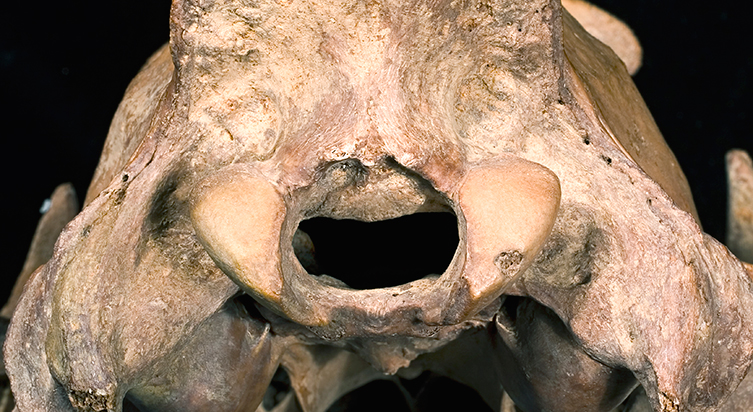
Close-up of the deformed hole at the base of the fifteenth-century Barbary lion skull
The hole where the spinal cord passes through the base of the skull to the brain is partially obstructed.
'You can make out that at the top of the hole there's an infilling of bone,' says Richard. 'It's actually a form of pathology. This is a reaction to, potentially, some sort of nutritional stress. As the infilling of bone grew it would have put pressure on to the spinal cord and possibly caused paralysis and blindness.'
Today, zoos keep their lions healthy by feeding them more complete diets of meat, which include hair, fat and bone. They receive all the nutrients they would get in the wild from eating the whole of their prey.
Missing majesty
Barbary lions originally roamed northern Africa, from Morocco to Egypt. But they were declared extinct in the wild in 1922, after centuries of over-exploitation and habitat destruction by humans.
Some people think it might be possible to bring Barbary lions back by selectively breeding captive animals thought to be descendants of Barbary lions. The question remains whether we should even if we could, particularly if their natural habitat couldn't support their reintroduction to the wild.
Instead, Richard believes we can learn a lesson from the Museum specimens:
'Humans decimated populations of Barbary lions and pushed them into extinction. The fact that we hold their remains in our Museum collections means researchers have the opportunity to extract scientific data and put them into a modern context, using them to look at closely related species that may be heading for extinction and potentially helping to slow or halt those extinctions.'
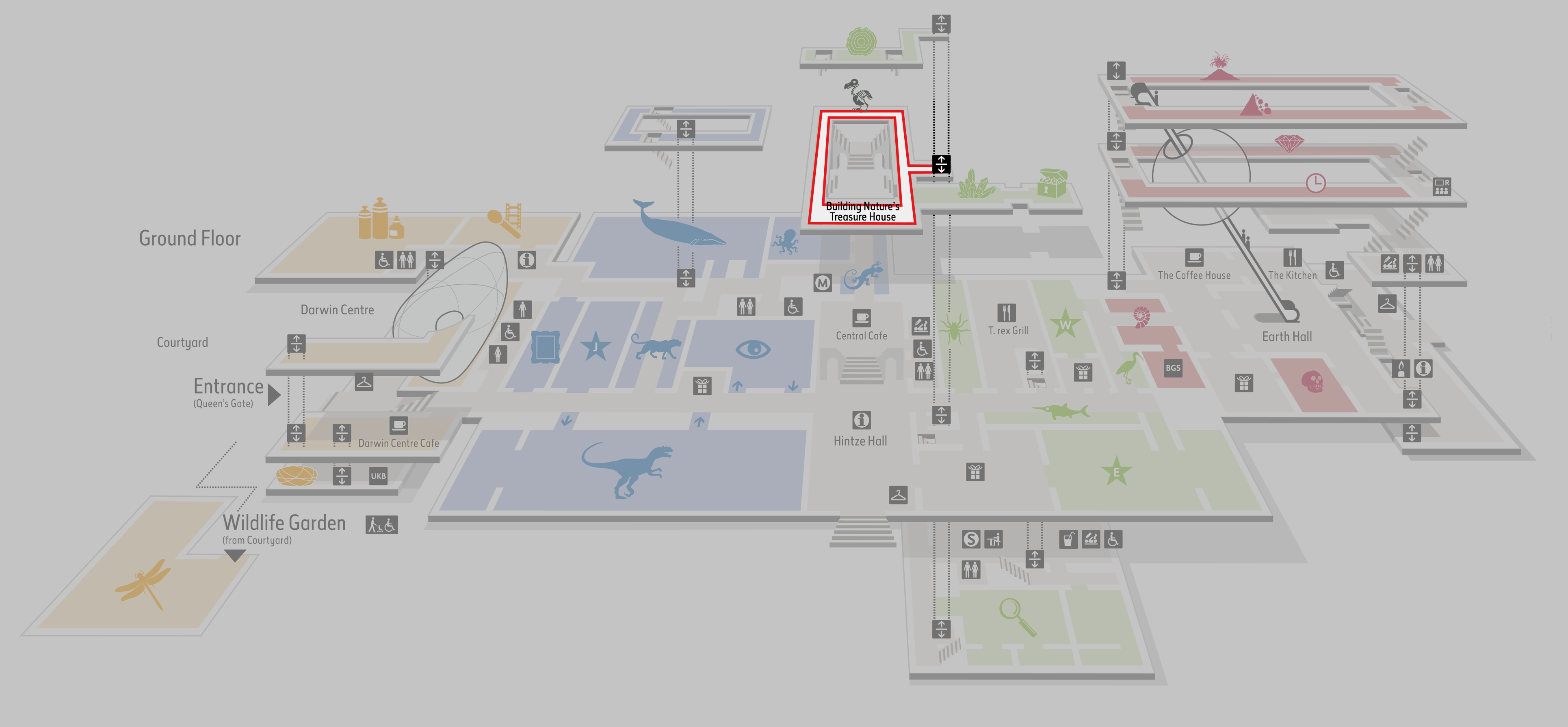
On display at the Museum
It's on display in the Treasures gallery, behind the main stairs in Hintze Hall.
Lions on BBC iPlayer Radio
Listen to the story of how humans have harnessed lions as a symbol of power and authority throughout the ages. Part of the BBC Radio 4 Natural Histories series.
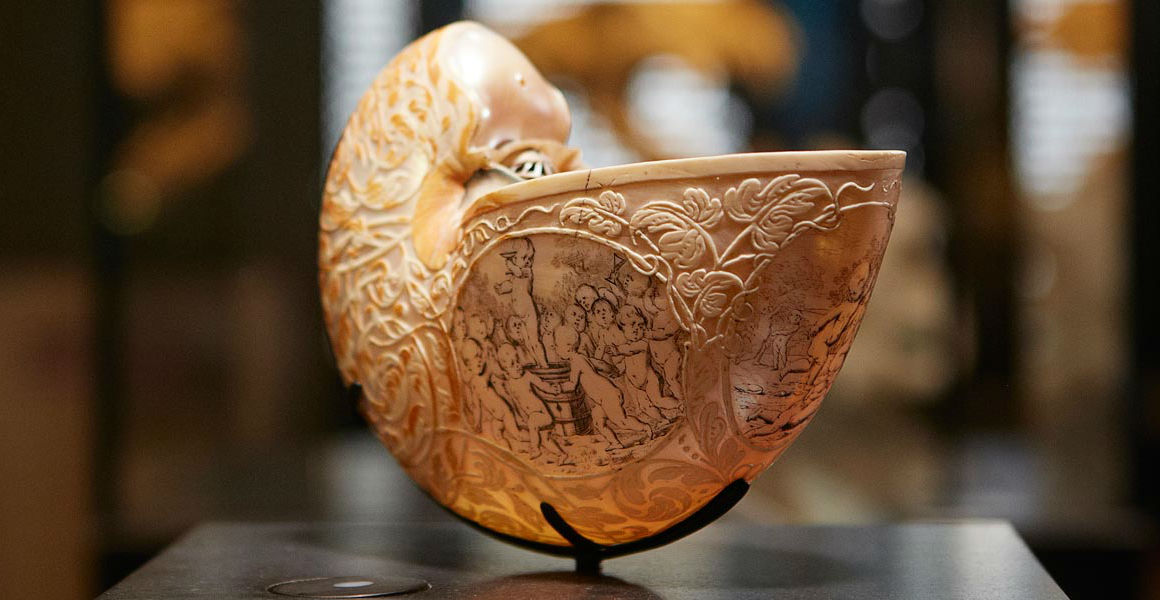


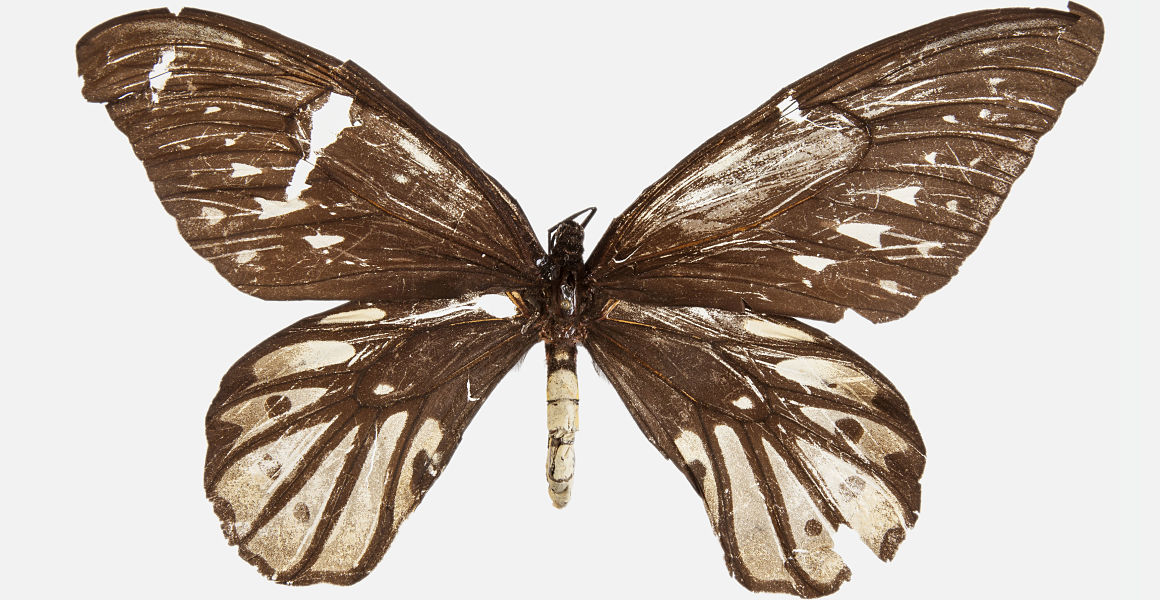
Don't miss a thing
Receive email updates about our news, science, exhibitions, events, products, services and fundraising activities. We may occasionally include third-party content from our corporate partners and other museums. We will not share your personal details with these third parties. You must be over the age of 13. Privacy notice.
Follow us on social media